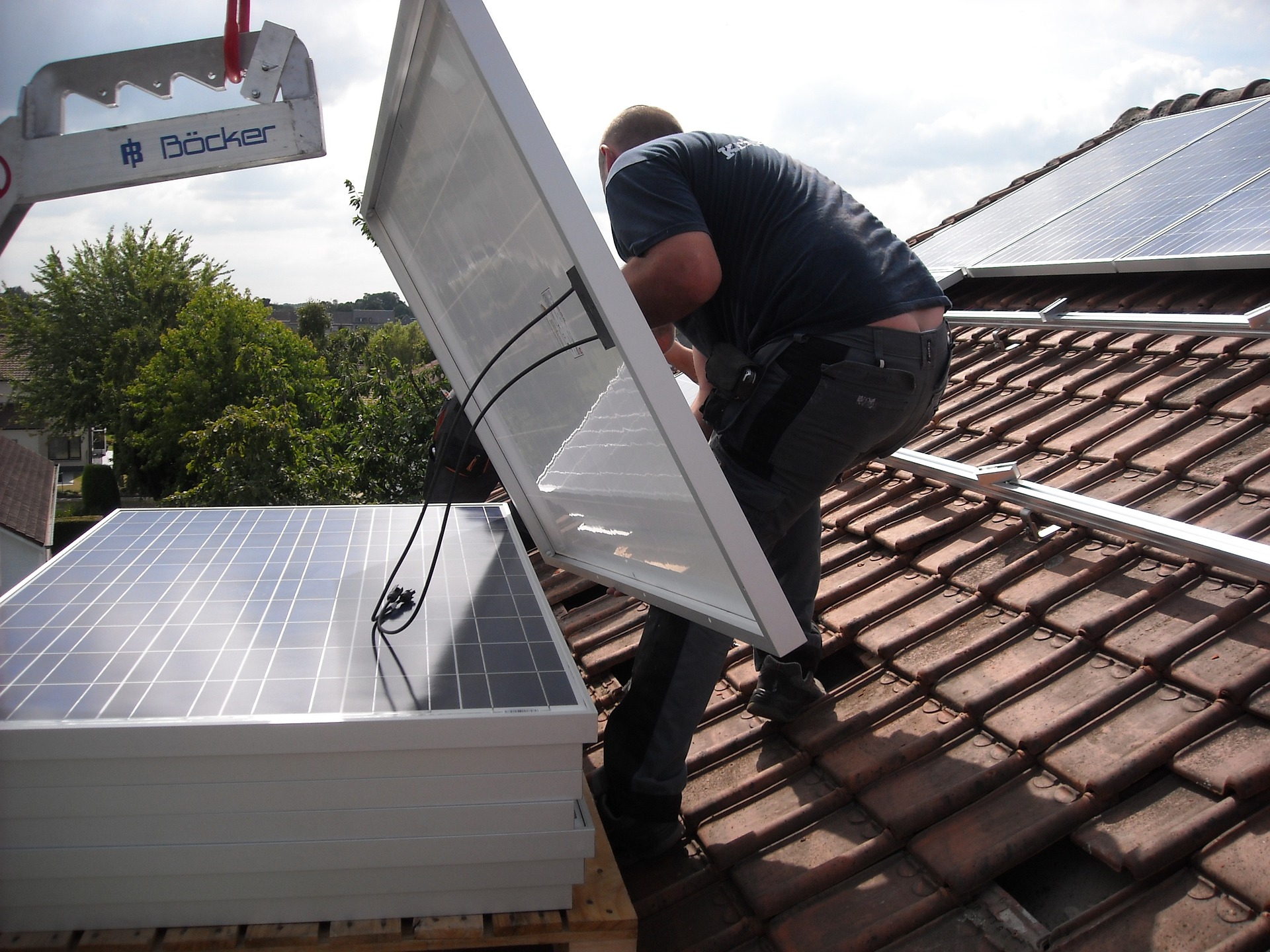A comfortable home is an energy-efficient home. The steps below outline the process for making your home more comfortable through energy upgrades and highlight the importance of choosing certified home energy professionals to do the work.
Step 1: Start with the Right Contractor
Not all contractors are the same. Some concentrate on kitchens, some on bathrooms. Some concentrate on home energy upgrades — focusing on ways to make your home comfortable, energy efficient and healthy. Look for companies that employ workers who carry the national Home Energy Professional Certifications. A home performance contractor will have a certified auditor either on staff or under contract to evaluate your home.
Step 2: Get a Thorough Home Energy Audit
A home performance evaluation, or energy audit, requires specialized equipment and trained individuals — called energy auditors — to operate that equipment. Energy auditors who carry a Home Energy Professional Certification have met the required professional and educational prerequisites and are certified to the highest standard in the industry, proving they are qualified to conduct a home performance evaluation.
The most important piece of equipment an energy auditor operates is called a blower door, which is used to determine where air is leaking out of your home. If you followed the auditor around while the blower door is running, you might be surprised at what you’d find. Air leaking through face plates on switches and outlets, and escaping around doors, windows, pipes, and under sinks … and all of these places add up. Put them all together and you could have a space the size of a bathroom window — maybe even bigger — that’s constantly open. The blower door test is a good way to learn why your house isn’t comfortable.
In addition to the blower door, certified energy auditors use tools — such as gas leak detectors, carbon monoxide detectors, kill-a-watt meters and lead-safe testing kits — to give your home a thorough evaluation.
Be sure to ask if your auditor is certified and what equipment will be used for the evaluation. If your auditor is just going to walk through your house and estimate what work needs to be done, you don’t have an experienced home performance contractor. Ask if you can shadow the auditor during the evaluation — most will welcome the chance to teach you about your home.
Step 3: Ask the Right Questions
While all homes are different and need to be evaluated based on their own unique characteristics, most dwellings can benefit from similar types of improvements. Before your energy audit begins, be sure to ask your home energy upgrade contractor about the following things. Some of the upgrades you could do yourself, like replacing a refrigerator or installing a programmable thermostat, provided you know those are significant sources of energy loss.
Air Sealing
Remember that space in your house that’s the size of a bathroom window and constantly open? Using the reading from the blower door, an auditor can figure out just how much air is moving through that gap at any given time. This is usually the biggest source of energy loss in a home, and sealing those gaps is one of the quickest ways to make your home more comfortable and efficient. Reducing air flow can pay off in as little as five years. It is also the baseline by which all other energy efficiency upgrades are measured (the absolute energy savings will vary by your climate). Read more about air sealing.
Reset Water Heater Thermostat
Most water heaters heat water to a set temperature and then hold it there. This means that all day and night, the water heater cycles on and off, just maintaining that set temperature. Lowering the setting a few degrees can often save half as much energy as air sealing would. And chances are turning down the temperature won’t even be noticeable. Read more tips for efficient water heating.
Programmable Thermostat for Heating System
It seems obvious but just like the water heater maintains a set temperature even when it isn’t being used, a thermostat does the same thing for the entire house. Just letting it cool off (or warm up) when there isn’t anyone awake can save energy and money as well. Without sacrificing comfort, it can also be close to half of what air sealing would save you. This change usually pays for itself in about three years.
Attic and Wall Insulation
The greater the difference between the indoor and the outdoor temperatures, the more energy it will take to maintain a comfortable temperature in your home. Adding insulation between the indoors and the outdoors reduces that energy demand. Depending on where you live, the savings from insulating your walls and the attic could be almost double the savings of air sealing. This procedure also pays back in 3 1/2 to 12 years.
Replace Refrigerator
Much like a water heater, a refrigerator holds a set temperature that is very different from the air outside of it. It makes sense that a better sealed, better insulated refrigerator with better mechanical systems would save more energy. Depending on your previous model, a new ENERGY STAR® refrigerator can save up to $150 per year. One way to test the seal on your refrigerator is to close a dollar bill in the door. If the bill drops when you close the door, you may want to consider fixing the seal or getting a new one. Depending on the refrigerator and the savings, this can pay for itself in 10 years — well under the average lifespan of the appliance.
Water Heaters and Furnaces
The savings from water heaters and furnaces depend a lot on where the house is and what the fuel is. Generally, natural gas is going to be much cheaper than electricity, provided it’s available. The newer high efficiency gas furnaces will often be worth installing, even if the gas furnace in your home is relatively new. Depending on if you live in a cold climate or a warmer one, a new high efficiency furnace will rival or exceed air sealing for its potential savings. In warmer areas, a high efficiency heat pump may replace a gas furnace as the best choice for the home.
Step 4: Enjoy
In the end, your home is as unique as you are. It will take a certified home energy professional to evaluate your home and your family’s specific needs. It will also take a certified specialist to make those upgrades to your home. It’s not rocket science, but it is building science. Ask for certified home energy professionals because they have the ability to educate you on all of the cost-saving alternatives for your home. Then, you can begin living comfortably.
The U.S. Department of Energy, with support from its National Renewable Energy Laboratory and the Building Performance Institute, Inc., recently concluded its pilot testing period for the new Home Energy Professional Certifications. The purpose of the pilot testing period is to scrutinize and evaluate the proposed exam questions, practical/field components, and overall exam processes prior to achieving American National Standards Institute (ANSI) accreditation. ANSI accreditation indicates high quality and diligence. After the accreditation process is completed, the new Home Energy Professional Certification exams will be available at a national level. Interested individuals should visit the Building Performance Institute, Inc. website.





0 Comments